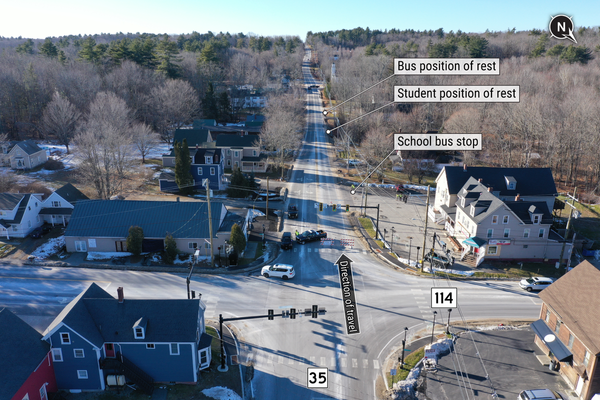
Over the last few years, the NBA has set out to find solutions to the league’s load management problem.
The league installed a player rest policy that limited when teams would be able to rest their players on certain nights but, apparently, that didn’t go far enough for the NBA.
Now the league is taking things even further.
The NBA’s board of governors approved new rules further strengthening the policies already set in place, ESPN’s Adrian Wojnarowski reports.
The league’s rules add new policies in place that prevent star players from sitting out of national TV games and in-season tournament games moving forward. They also block teams from resting more than one star player at one time.
Breaking: The NBA Board of Governors approved new rules strengthening resting policy rules and punishments for star players that include national TV games, in-season tournament games and sitting out multiple All-Stars together in regular season games, sources told @wojespn. pic.twitter.com/8EpTfegxGO
— ESPN (@espn) September 13, 2023
These rules are a bit confusing, but don’t you worry. We’ve got you covered here on how they work. Here’s a quick rundown.
Wait, wait, wait. The NBA added a new rule for this?

Yes! The league’s owners reportedly just voted on it, according to Wojnarowski.
There’d been speculation that these new rules could be coming for a while but now things are official. We’re going to see far fewer star players on your favorite teams next season taking rest days off.
Ok, so how do these rules work?

It can get kind of complicated, but the basic thing to understand here is that the NBA’s star players now have this new set of rules applied here.
These rules block them from taking rest or “load management” days if they’re not actually injured. Teams had already been blocked from resting players during national TV games, but these rules take things a step further.
There are a few new stipulations here that make things much more stringent.
- Teams are no longer allowed to rest more than one “star” player in the same game. So, say, the Suns wanted to rest both Devin Booker and Kevin Durant. They couldn’t do that on the same night.
- Teams also have to make sure their stars are available to play in national TV games, so that means no sitting out on nights your team plays on ESPN or TNT.
- There also has to be a balance between rest for home games and road games. The league prefers that teams rest their star players at home and play them on the road, per ESPN’s Bobby Marks.
- Teams also aren’t allowed to shut their star players down for long stretches with no apparent injury.
If a team is seen violating any of these rules, the league will investigate. If a rule has been broken, they’ll get hit with hefty fines or worse. Nobody wants that.
Alright, that makes sense. So what's the complicated part?

What makes things a bit complicated is figuring out who these new rules actually apply to.
This is only a thing for star players in the NBA. The old rules on resting still apply to the rest of the league, of course, but the NBA has created these new parameters to make sure its star players are being showcased in every way possible.
Star players qualify as players who have made an All-Star or All-NBA team in any of the last three seasons, according to Woj.
Whoa, that's an interesting standard

Right. Now, it’s worth noting that there are some exceptions to these rules, according to Marks.
Teams can request pre-approved rest days for their stars to the NBA. Specifically, there will be pre-approved rest allowances on back-to-back games for players who are, at least, 35 years old on opening night, have 34,000 regular season minutes or have played in a combined 1,000 regular season and postseason games.
The NBA will allow pre-approved designated back-to-back allowances for players who are 35 years old on opening night or have career workloads of 34,000 regular-season minutes or 1,000 regular-season and playoff games combined, sources said.
Teams can also request this sort of allowance for a player with an injury history or unforeseen personal circumstances. So, while more rules apply, it’s not extremely rigid here.
This is fascinating. Why is the NBA doing this instead of just shortening the season?

There’s the golden question right there.
The league is just jumping through all of these hoops and hurdles to get ensure their star players are on the court for as many minutes as possible next season instead of just shortening the season by 10 games or so and making sure there’s ample time built-in for rest.
The question is why and the answer, as always, is money.
Load management has been a problem for the NBA and it has been for a while. Over a decade now. The NBA is desperately trying to solve it because they want, both, fans in seats at arenas to see the league’s stars and a new, lucrative television contract. You can’t sell tickets or TV deals if star players aren’t playing, simply put.
That’s why these new rules are in place. That’s why there’s a 65-game minimum for awards. This is all just to make sure the league is in the best position to sell itself.
Will it work? Only time will tell. Either way, this is yet another interesting wrinkle thrown in on a season that was already set to be a pretty wild one.
Can’t wait to watch it all.







